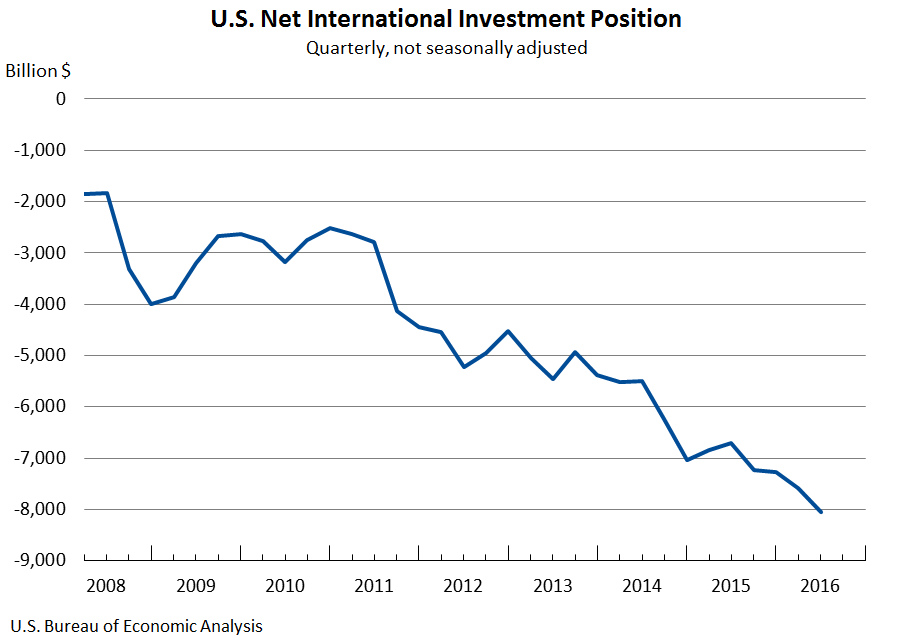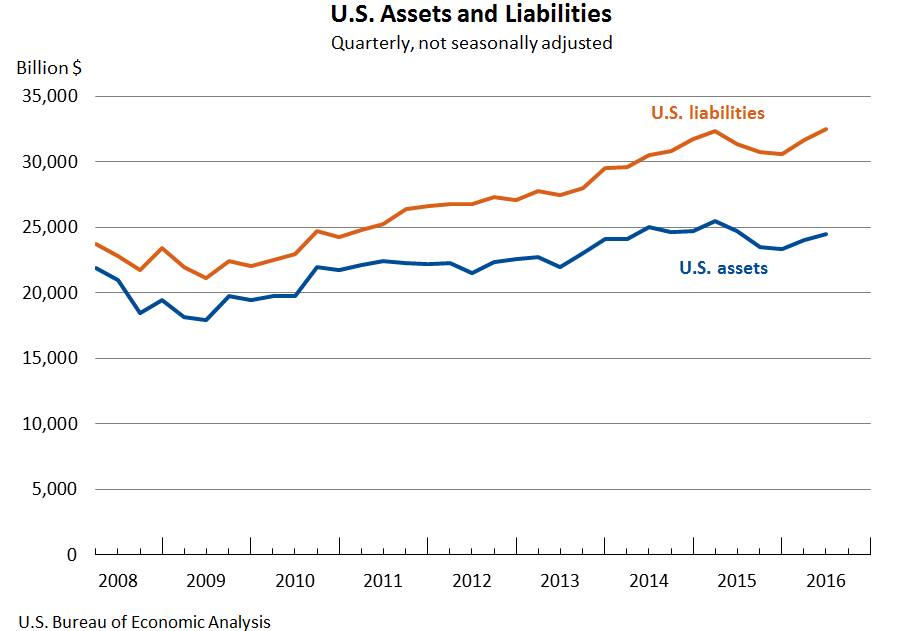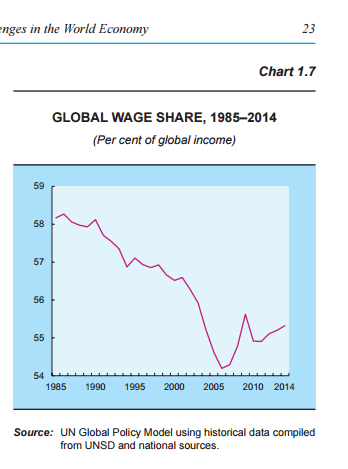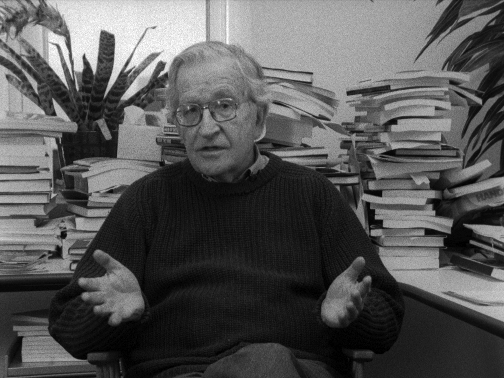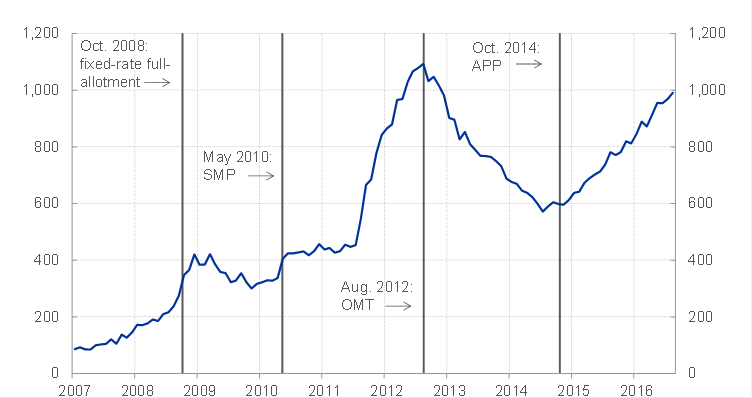Lars Syll has a nice post quoting James Tobin’s views on the real business cycle theory (and dynamic stochastic general equilibrium (DSGE) models. DSGE models are just RBC theory models with some modifications but still retaining the core).
There’s also another paper, An Old Keynesian Counterattacks by James Tobin written in 1992 and devoted heavily on attacking all this.
Tobin says:
The crucial issue of macroeconomic theory today is the same as it was sixty years ago when John Maynard Keynes revolted against what he called the “classical” orthodoxy of his day. It is a shame that there are still “schools” of economic doctrine, but perhaps controversies are inevitable when the issues involve policy, politics, and ideology and elude decisive controlled experiments. As a lifelong Keynesian, I am quite dismayed by the prevalence in my profession today, in a particularly virulent form, of the macroeconomic doctrines against which I as a student enlisted in the Keynesian revolution. Their high priests call themselves New Classicals and refer to their explanation of fluctuations in economic activity as Real Business Cycle Theory. I guess “Real” is intended to mean “not monetary” rather than “not false,” but maybe both.
I am going to discuss the issues of theory, Keynesian versus Classical, both then and now. Since the main purpose and preoccupation of macroeconomic theory is to guide fiscal and monetary policies, the theoretical differences imply important differences in policy. Moreover, prevailing doctrines seep gradually into the ways the world is viewed not only by economists but also by students, pundits, politicians, and the general public. It is in this sense but only in this sense that I shall be talking about current events.
The doctrinal differences stand out most clearly in opposing diagnoses of the fluctuations in output and employment to which democratic capitalist societies like our own are subject, and in what remedies, if any, are prescribed. Keynesian theory regards recessions as lapses from full-employment equilibrium, massive economy-wide market failures resulting from shortages of aggregate demand for goods and services and for the labor to produce them. Modern “real business cycle theory” interprets fluctuations a moving equilibrium, individually and socially rational responses to unavoidable exogenous shocks. The Keynesian logic leads its adherents to advocate active fiscal and monetary policies to restore and maintain full employment. From real business cycle models, and other theories in the New Classical spirit, the logical implication is that no policy interventions are necessary or desirable.
Should we describe the macro-economy by two regimes or one? The old Keynesian view favors two regimes. In one, the Keynesian regime, aggregate economic activity is constrained by demand but not by supply. If there were additional effective demands for goods and services, they could be and would be satisfied. “Demand creates its own supply.” The necessary inputs of labor, capital capacity, and other factors are available, ready to be employed at prices, wages, and rents that their productivity would earn. Only customers are missing.
The second regime, which Keynes called classical, is supply-constrained. Extra demand could not be satisfied at the economy’s existing capacity to produce. The needed workers or other inputs are not available at affordable wages and rents. The supply limits bring about prices and incomes that restrict aggregate demand to capacity output. Should capacity increase, those prices and incomes will automatically generate just enough additional purchasing power to buy the extra output. “Supply creates its own demand.”
Keynesians believe that the economy is sometimes in one regime, sometimes in the other. New Classicals model the economy as always supply-constrained and in supply-equals-demand equilibrium. In their real business cycle models, the shocks that move economic activity up and down are essentially supply shocks, changes in technology and productivity or in the bounty of nature or in the costs and supplies of imported products. Although external forces of those kinds, for example weather, harvests, natural catastrophes, have been the main sources of fluctuating fortunes for most of human history, and although events continually remind us that they still occur, Keynesians do not agree that they are the main source of fluctuations in business activity in modern capitalist societies.
and in the end concludes by asking:
Why do so many talented economic theorists believe and teach elegant fantasies so obviously refutable by plainly evident facts? Trying to answer that question would take us into a speculative excursion on the sociology of the economics profession, beyond the scope of this paper.
